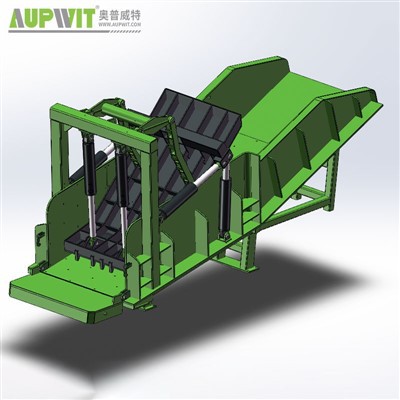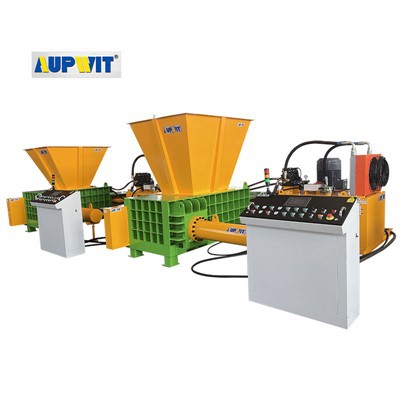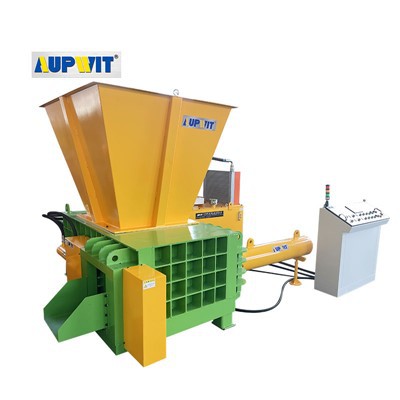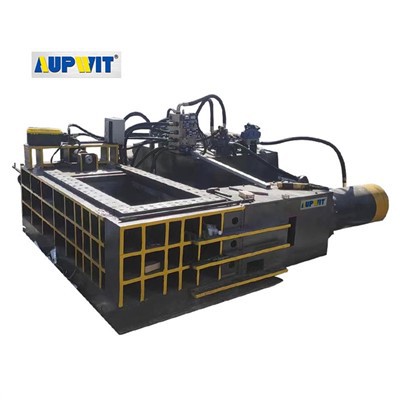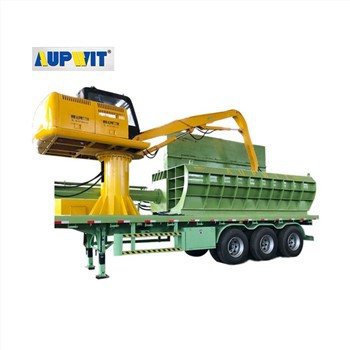Vertical Baler Density Optimization
Influence of Material Characteristics
- Lightweight, flexible fabrics compress more easily than heavy materials
- Bulky structures or stiff components resist compression
- Moisture in clothes reduces achievable density
- Mixed material types create uneven compression
- Hard accessories limit maximum compression
The packing density achievable by a vertical used clothes baler is significantly affected by the type and condition of the clothing being processed. Sorting clothes by fabric type and removing items with hard accessories helps create more consistent density by ensuring similar materials are compressed together, allowing the baler to apply pressure evenly across the load.
Impact of Equipment Settings
- Compression force directly affects packing tightness
- Ram alignment ensures even pressure distribution
- Chamber design influences compaction effectiveness
- Cycle timing affects material settling
- Pressure calibration must match material type
Equipment adjustments play a key role in determining packing density. The design of the baling chamber, including its smoothness and structural integrity, influences how effectively fabric can be compacted without escaping gaps. Adjusting cycle timing to allow sufficient compression duration gives materials time to settle, contributing to higher overall density.
Role of Operational Practices
- Uniform loading prevents air pockets
- Even distribution allows consistent compression
- Proper chamber loading prevents over-compression
- Complete compression cycles build density gradually
- Effective strapping maintains compressed state
Operator techniques significantly impact the packing density achieved. Avoiding overloading the chamber prevents incomplete compression, as excessive material can limit the ram's ability to apply full pressure. Allowing each compression cycle to complete fully before adding more material builds density gradually, creating a tighter final bale than rushed, incomplete cycles.
Effect of Equipment Condition and Maintenance
- Hydraulic system integrity ensures consistent pressure
- Seal condition affects pressure effectiveness
- Guide rail condition impacts ram movement
- Lubrication reduces friction losses
- Component wear leads to density variability
The baler's physical condition directly affects its ability to achieve optimal density. Clean guide rails and properly lubricated moving parts allow the ram to operate smoothly, applying pressure evenly without friction-related inefficiencies. Regular inspection and replacement of worn components prevent pressure loss and ensure the machine operates at full capacity.


